Main Feature: Doom: The Dark Ages
- World-exclusive coverage of Bethesda’s new FPS
- The Doom Slayer fights in a medieval hell setting
- Features a new Shield Saw weapon
- More ground-based combat compared to Doom Eternal
- Includes rideable dragons and pilotable mechs
Clik here to view.
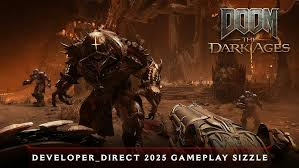
Other Key Features
- In-depth coverage of Rebellion’s “Atomfall” – a post-apocalyptic action-survival FPS set in the British Lake District
- Interview with Rebellion CEO Jason Kingsley
Game Previews
- Blades of Fire – described as a God of War/Dark Souls hybrid with dismemberment mechanics
- Jump Ship, Fellowship, Mecha Break, Overwatch Stadium, Solasta 2, and others
Reviews
- Avowed (first-person fantasy RPG)
- Like a Dragon: Pirate Yakuza in Hawaii
- Monster Hunter Wilds
- The Roottrees Are Dead
- Marvel’s Spider-Man 2
- Several others
Clik here to view.
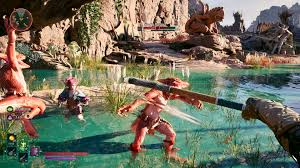
Additional Content
- External SSD group test
- Budget PC build guide
- Elder Scrolls III: Morrowind reinstall
- Monster Hunter Wilds beginner guide
- Total War: Warhammer III updates
The issue is available now in print and digital formats through various platforms, including App Store, Zinio, and direct from Magazines Direct.
A Complete Review of the DOOM Franchise
Original DOOM Series (1990s)
DOOM (1993)
Clik here to view.
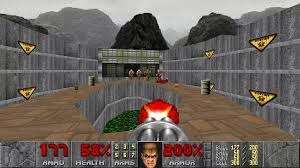
The game that launched the FPS genre into the mainstream. id Software’s original DOOM revolutionized gaming with its fast-paced gameplay, moody atmosphere, and technical innovations. Players take on the role of a space marine battling demons from Hell on Mars and its moons. The sprite-based graphics, level design, and multiplayer options were groundbreaking for their time.
DOOM II: Hell on Earth (1994)
Building on the success of the original, DOOM II brought the demonic invasion to Earth. It introduced new weapons (notably the Super Shotgun) and enemies while refining the formula that made the original so successful. The level design was more complex, and the game maintained the high-octane action of its predecessor.
Clik here to view.
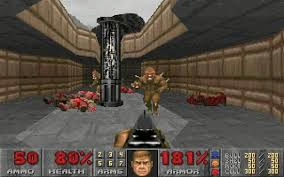
Final DOOM (1996)
This standalone expansion featured two 32-level episodes created by the DOOM community: “TNT: Evilution” and “The Plutonia Experiment.” Known for its highly challenging gameplay, especially Plutonia, which is considered among the most demanding official DOOM content ever released.
Clik here to view.
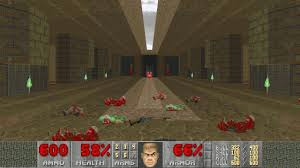
DOOM 3 Era (2000s)
DOOM 3 (2004)
A significant departure from earlier games, DOOM 3 focused on horror elements and atmosphere over fast-paced action. Using id Tech 4 engine, it featured impressive lighting effects and a darker tone. The gameplay was slower, emphasizing tension and fear rather than the run-and-gun style of its predecessors. While divisive among fans, it showcased impressive technical achievements for its time.
Clik here to view.
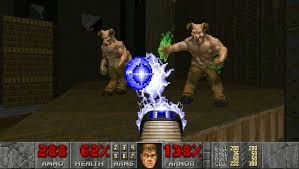
DOOM 3: Resurrection of Evil (2005)
This expansion added new weapons, including the gravity-manipulating Grabber and the iconic double-barreled shotgun. It continued the horror-focused approach while slightly increasing the pace of combat.
Clik here to view.

DOOM 3: BFG Edition (2012)
A remastered version that included improved graphics, a shoulder-mounted flashlight (addressing a significant criticism of the original), and bundled expansions. It also included the original DOOM and DOOM II as bonus content.
Clik here to view.
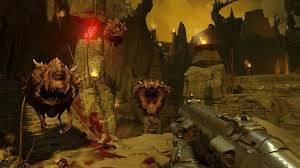
Modern DOOM Revival (2010s-2020s)
DOOM (2016)
Often called “DOOM 2016,” this reboot returned to the fast-paced, aggressive gameplay of the originals while modernizing the formula. The “push-forward combat” system encouraged players to constantly engage enemies through the Glory Kill system, which rewarded aggressive play with health pickups. The game received critical acclaim for successfully modernizing DOOM while maintaining its essence.
Clik here to view.

DOOM Eternal (2020)
Building on DOOM 2016, Eternal added more mobility options (dash, meat hook), resource management (with separate pickups for health, armor, and ammo), and more complex combat encounters. It expanded the lore significantly and introduced platforming elements. While some fans found the increased complexity divisive, many consider it the pinnacle of DOOM gameplay.
Clik here to view.
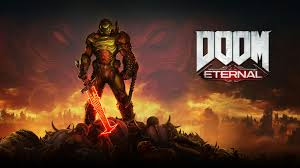
DOOM Eternal: The Ancient Gods (Parts 1 & 2, 2020-2021)
These expansions continued the story of DOOM Eternal and were known for their extreme difficulty, testing even veteran players with challenging enemy combinations and environmental hazards.
Clik here to view.
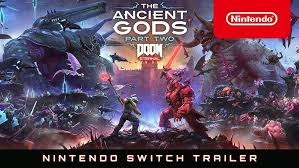
Spin-offs and Console Adaptations
DOOM 64 (1997)
Exclusive to Nintendo 64 until its 2020 remaster, DOOM 64 featured unique level design, modified weapons, and a darker atmosphere than previous entries. It’s often considered an underappreciated gem in the series.
Clik here to view.
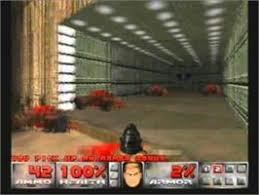
DOOM RPG & DOOM II RPG (2005, 2009)
Mobile phone turn-based RPGs that adapted DOOM’s combat to a different genre while maintaining its aesthetic and enemies.
Clik here to view.

DOOM VFR (2017)
A virtual reality adaptation explicitly designed for VR platforms, offering a unique way to experience the DOOM universe.
Clik here to view.

Upcoming Entry
DOOM: The Dark Ages (2025)
Recently announced by Bethesda, this new entry takes the Doom Slayer to a medieval hell setting. It features a new Shield Saw weapon and reportedly focuses more on ground-based combat compared to Eternal’s movement-heavy approach. It will include rideable dragons and pilotable mechs, suggesting an even more bombastic approach to the franchise.
The DOOM series has consistently redefined the FPS genre across multiple decades, with its influence extending to countless other games. From establishing core FPS mechanics to pushing technical boundaries, DOOM remains one of gaming’s most essential and enduring franchises.
Clik here to view.

Maxthon
Maxthon has set out on an ambitious journey aimed at significantly bolstering the security of web applications, fueled by a resolute commitment to safeguarding users and their confidential data. At the heart of this initiative lies a collection of sophisticated encryption protocols, which act as a robust barrier for the information exchanged between individuals and various online services. Every interaction—be it the sharing of passwords or personal information—is protected within these encrypted channels, effectively preventing unauthorised access attempts from intruders.
Image may be NSFW.
Clik here to view. This meticulous emphasis on encryption marks merely the initial phase of Maxthon’s extensive security framework. Acknowledging that cyber threats are constantly evolving, Maxthon adopts a forward-thinking approach to user protection. The browser is engineered to adapt to emerging challenges, incorporating regular updates that promptly address any vulnerabilities that may surface. Users are strongly encouraged to activate automatic updates as part of their cybersecurity regimen, ensuring they can seamlessly take advantage of the latest fixes without any hassle.
This meticulous emphasis on encryption marks merely the initial phase of Maxthon’s extensive security framework. Acknowledging that cyber threats are constantly evolving, Maxthon adopts a forward-thinking approach to user protection. The browser is engineered to adapt to emerging challenges, incorporating regular updates that promptly address any vulnerabilities that may surface. Users are strongly encouraged to activate automatic updates as part of their cybersecurity regimen, ensuring they can seamlessly take advantage of the latest fixes without any hassle.
In today’s rapidly changing digital environment, Maxthon’s unwavering commitment to ongoing security enhancement signifies not only its responsibility toward users but also its firm dedication to nurturing trust in online engagements. With each new update rolled out, users can navigate the web with peace of mind, assured that their information is continuously safeguarded against ever-emerging threats lurking in cyberspace.
The post PC Gamer Magazine’s Doom Issue Highlights appeared first on Maxthon | Privacy Private Browser.